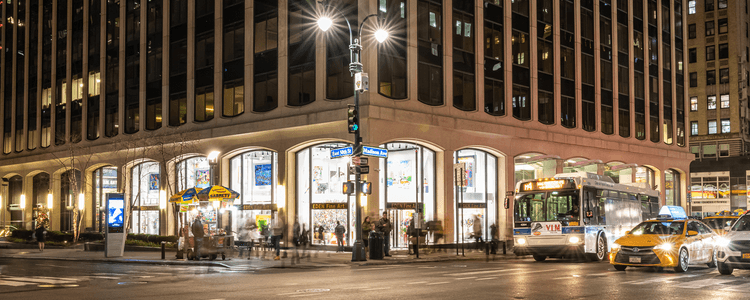Graffiti, originating from the Italian word "graffio" (meaning "scratch"), has evolved from ancient etchings to today's bold and colorful urban murals. Initially seen as acts of defiance or vandalism, graffiti, and street art have grown into a globally recognized and celebrated art form, reflecting the social and cultural dynamics of their time.

From Scribbles to Masterpieces: The Colorful Journey of Graffiti and Street Art
Updated: August 15 2023
Ancient Beginnings
The history of graffiti dates back to ancient civilizations. The Greeks, Romans, and Egyptians used it to express social and political commentary, personal messages, or simple declarations of love. The eruption of Mount Vesuvius in 79 A.D. preserved poignant examples of graffiti in Pompeii, offering a fascinating glimpse into the lives of people from that era.

The Urban Canvas
Fast forward to the 20th century, and graffiti became synonymous with the urban landscapes of New York and Philadelphia in the 1960s and 1970s. These markings, initially tags or signatures, evolved into more elaborate and colorful designs. The train systems became a prominent canvas for artists, as they provided a moving gallery that brought their work to a wider audience.
From Vandalism to Gallery Walls
For a long time, graffiti was dismissed as vandalism, an illegal defacement of public and private property. However, as artists like Jean-Michel Basquiat and Keith Haring transitioned from the streets to art galleries, perceptions began to change. Today works by artists like Banksy command prices in the millions and are protected as valuable cultural assets.

Street Art: A Distinct Identity
In recent years, the term' street art' has emerged to describe works that are often created with the intent of being more visually engaging or socially provocative. Street art encompasses a variety of techniques beyond spray paint, including stencils, wheatpaste posters, and large-scale murals. It's used to beautify neighborhoods, make political statements, or challenge social norms.
A Global Phenomenon
Today, graffiti and street art are global phenomena. Cities from Melbourne to Berlin to São Paulo host festivals celebrating these art forms and have designated 'legal walls' for artists to work on without fear of prosecution. These cities recognize the cultural and economic value that vibrant street art can bring.

The Future of Graffiti and Street Art
As graffiti and street art continues to evolve, they challenge the traditional boundaries of art, inviting us all to see the world through a more colorful and critical lens. They are no longer mere acts of rebellion; they are powerful mediums of self-expression, storytelling, and social commentary.
In a world where the distinction between high and low art is increasingly blurred, graffiti and street art stand as vibrant testaments to the enduring human need to make a mark, tell a story, and challenge the status quo.
RELATED ARTICLES

EDEN
Updated: December 17, 2025Inside the Minds of EDEN Art Collectors
The Collectors Behind the Canvas offers an intimate look into the lives of EDEN collectors around the world. From Abu Dhabi to Dubai, discover how Dan and Nadia Feldman and Yann and Lana Biojau live surrounded by color, creativity, and meaning—revealing ...

EDEN
Updated: December 22, 2025How to Buy Art from EDEN
How to Buy Art from EDEN is your step-by-step guide to collecting art with confidence and joy. From discovering artists online to receiving personalized consultation and seamless delivery, EDEN transforms buying art into a meaningful, guided experience ...

EDEN
Updated: October 14, 2025EDEN Gallery Madison – A Chapter Closed, A Spirit That Lives On
EDEN Art Gallery Madison opened in 2009 at 437 Madison Avenue, NYC, and remained active until 2025. Although EDEN Madison closed, its influence continues through our larger galleries in SoHo and on Fifth Avenue. The EDEN Madison story is one of growth, ...
Join Our
Stay updated with the latest from the EDEN House of Art—be the first to discover new events, collections, and more!
